Pro AV Welcomes Women Back to the Workforce
Here's how integrators and others can attract and retain talent.

As of 2024, the Pro AV industry continues to remain largely male (and largely white). To combat the ongoing issue of attracting top talent, organizations within the industry have more work to do in attracting and supporting a more diverse workforce, including women of all ethnic backgrounds.
However, one of the challenges that organizations face, is that Pro AV careers are still a bit of a secret. Little Suzy may dream of being an architect when she grows up, but she probably hasn’t considered experiential AV design because she’s never heard of it.
[Viewpoint: Bringing Women Back to Pro AV]
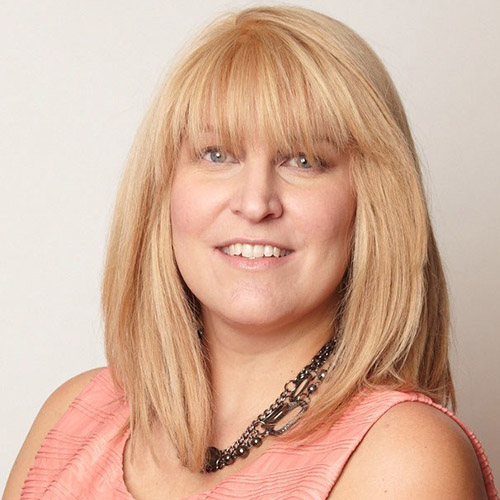
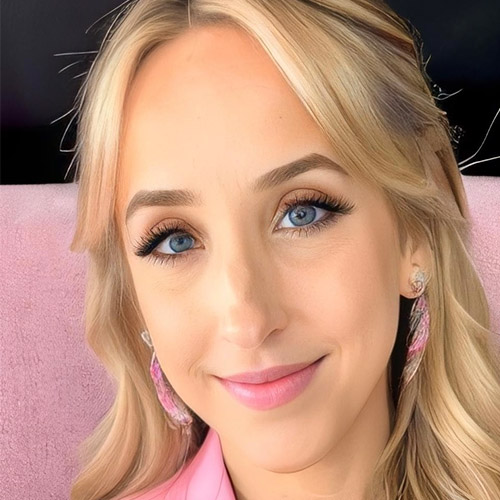
According to Christina Cruzeiro, co-chair of the AVIXA Women’s Council and regional sales manager for Canada at Atlona, this is beginning to change. “A lot of companies are starting to realize that they can’t let people continue to fall into this industry,” she said. “Organizations [need] to be part of the solution and part of training people earlier that this is an option, this could be a career for you.”
Pro AV also needs more women in leadership, argued Jennifer Goodyer, founding board member of WAVIT, co-founder of Rosie Riveters Explores Pro AV, and sales director at RT Sales. When organizational leadership is primarily made up of white men, it’s difficult to gain diverse insight and perspective. “It’s all fine and dandy if you have diversity on the lower rungs [of the ladder], but if there’s no one actually influencing the decisions being made, you’re not going to see change,” she said.
Barriers to Entry
In 2023, women made up 15% of attendees at both Integrated Systems Europe (ISE) and InfoComm, according to AVIXA. While this is a slight increase over previous years—13% and 14% percent of attendees were women at ISE and InfoComm, respectively, in 2019—women remain a minority. This makes it difficult to attract them to the industry, explained Gina Sansivero, president of WAVIT (Women in AV/IT) and VP of marketing and corporate communications at AtlasIED. “When there are so few women [in Pro AV], it’s really hard to convince other women that there’s a place for them here,” she added.
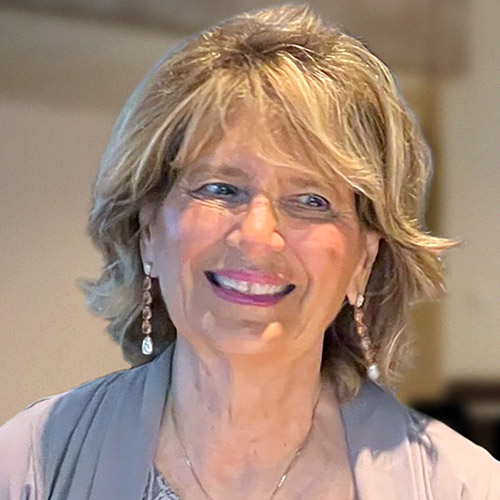
Jan Sandri, co-founder and president of FSR, noted that between 78-80% of her organization’s employee population is made up of minorities. She explains that women hold supervisory positions in all aspects of the company, including in the metal shop, electronics production floor, supply chain management, and human resources.
A daily selection of the top stories for AV integrators, resellers and consultants. Sign up below.
Sandri attributes FSR’s diverse workforce to a mindset that values top talent, no matter the candidate’s race, religion, or gender. “The people who are in charge of hiring—whether it’s a manager or an HR person—have to be open to the fact that we accept everyone,” she said.
Advancing Careers
Sarah Joyce, chief global officer at AVIXA, realyed that when she mentors women seeking to advance their careers, she encourages them to develop a broad spectrum of business skills. She also urges women to educate themselves on subjects that are outside of their own roles and experiences, so they can expand their knowledge and avoid being pigeonholed. “Go to a finance course; you don’t need to be an accountant, but understand finance and business planning,” she said.
It’s also necessary to voice one’s desire to pursue a certain career path. “You have to speak up,” Sandri said. “If you want to move up or change [roles], you have to speak up for yourself, because the people in charge are not mind readers.”
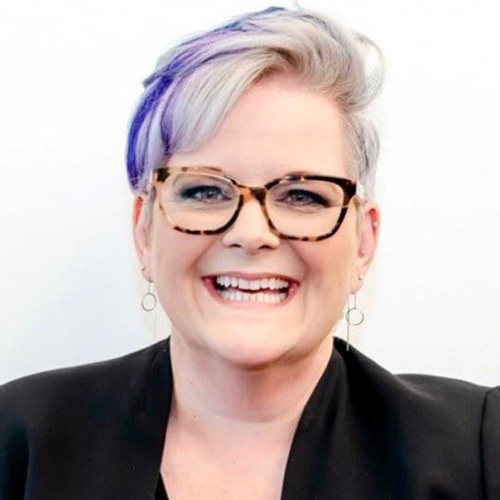
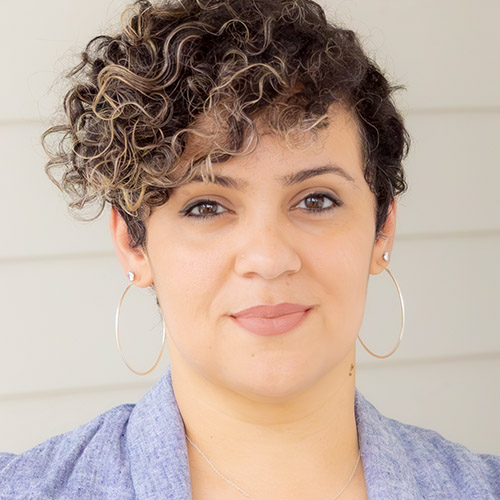
Tammy Fuqua, co-chair of the AVIXA Women’s Council and developer partner manager at QSC, noted that for women to gain credibility, they must demonstrate their competence. “I know it can be super-intimidating being the only woman in the room—I’ve been the only woman in the room many times,” she said. “But when you show that you know what you’re talking about and find that voice, then speak up and use it.”
Building a varied skillset early on can be of great help when women move into leadership positions, said Danilda Martinez, a producer and editor based in West Palm Beach, FL, and director of programs and outreach at #GALSNGEAR. “The higher you go, the more you can pull from that experience when you wore boots on the ground,” she added. She encourages women to try new things, even when they may not meet 100% of the “necessary” qualifications.
At the same time, Martinez holds women accountable for the work that they do. This industry requires strong communication and follow through, which, she acknowledged, is required of anyone to succeed in any job. “We’re working in these environments, whether it’s production or installation, where things have to flow smoothly. You need to be able to troubleshoot—to have a Plan B to your Plan B to your Plan B—and constantly show up,” she added.
Harassment: It Still Exists
Several years ago, AVIXA began including a harassment statement in its InfoComm show policy. The organization states that it “will not tolerate harassment of any kind,” including that which is based on “gender, sex, or sexual orientation.”
For AVIXA, harassment "includes but is not limited to offensive gestures and verbal comments, deliberate intimidation, stalking, following, inappropriate photography and recording, sustained disruption of talks or other events, inappropriate physical contact, and unwelcome attention.” Harassment victims are encouraged to report inappropriate conduct to event management during AVIXA events so it can be investigated and addressed.
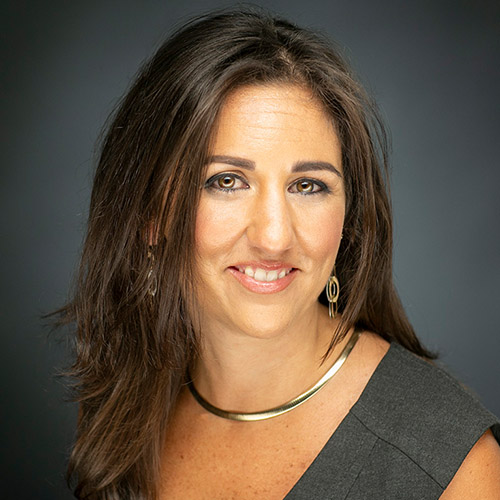
While this may help protect women on the show floor, it’s after-hours events, client dinners throughout the year, or even run-of-the-mill meetings where sexism and harassment can surface, according to Sansivero. She encourages women who experience sexism and harassment to call it out. “The more we talk about it, the more we push for things like the code of conduct being visible at trade shows, the more we push employers to reprimand behavior like that, the more we require our industry to step up to the plate with respect, the more we’re going to see this dwindle over time, hopefully,” she said.
The goal should be to create a safe space for everyone. “And, if there’s anybody that’s not in line with that," Sansivero added, "then there’s no need for them, there’s no use for them, there’s no future for them here.”
Pro AV: An Easy Sell?
Because they’re often the decision-makers within companies, men in Pro AV are well-positioned to help bring women into leadership roles. Instead of mentoring women, Cruzeiro encourages men to champion them.
A lot of women have mentors—and that's good for anyone's career—but Cruzeiro urges men to go further by going to bat for women they believe have a promising future in Pro AV. “They need to find [a woman] within their organization that are trying to break through and get to that next step in their career, and they need to be that person’s champion,” she said.
Cruzeiro noted that the industry can also support women by supporting men. She cites workplace flexibility as an example: In many organizations, it’s assumed that women handle the bulk of childcare at home, and thus can benefit from working remotely. Many men, however, would like the opportunity to clock off every now and then to take the kids to their doctors’ appointments and extracurricular activities.
[Viewpoint: Leading by Example]
There is no reason, she argued, that Pro AV companies cannot provide this flexibility to everyone. “Women are not the only ones responsible for parenting,” she said. “Until we fully get that engrained in everyone’s head and it’s a bias that goes away, we’re not going to be on equal footing.”
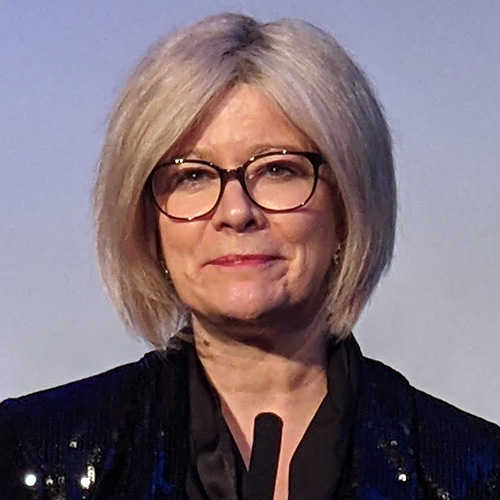
While the industry has more work to do in building awareness of its existence, selling it to women should be easy. Why? There's the sheer scope of markets AV companies serve, as well as the breadth of different career opportunities they provide, and opportunities to work around the world with a diverse clientele.
“For me, it’s the magic and the science," Joyce explained. "You need the technological understanding, but you also need that little bit of magic—because everything that we’re doing is looking at those important vectors of content, people, and place. Everything we do is about a solution, an outcome, and an experience, whether that’s a corporate suite of videoconferencing rooms or a Taylor Swift concert. That’s why I love it and have stayed in it and wouldn’t wish to be anywhere else.”
Pro AV Women’s Organizations
AVIXA Women’s Council
The mission of the AVIXA Women’s Council is “to provide a global community of AVIXA members and other professionals committed to supporting and empowering women who work in the technology and AV industry.”
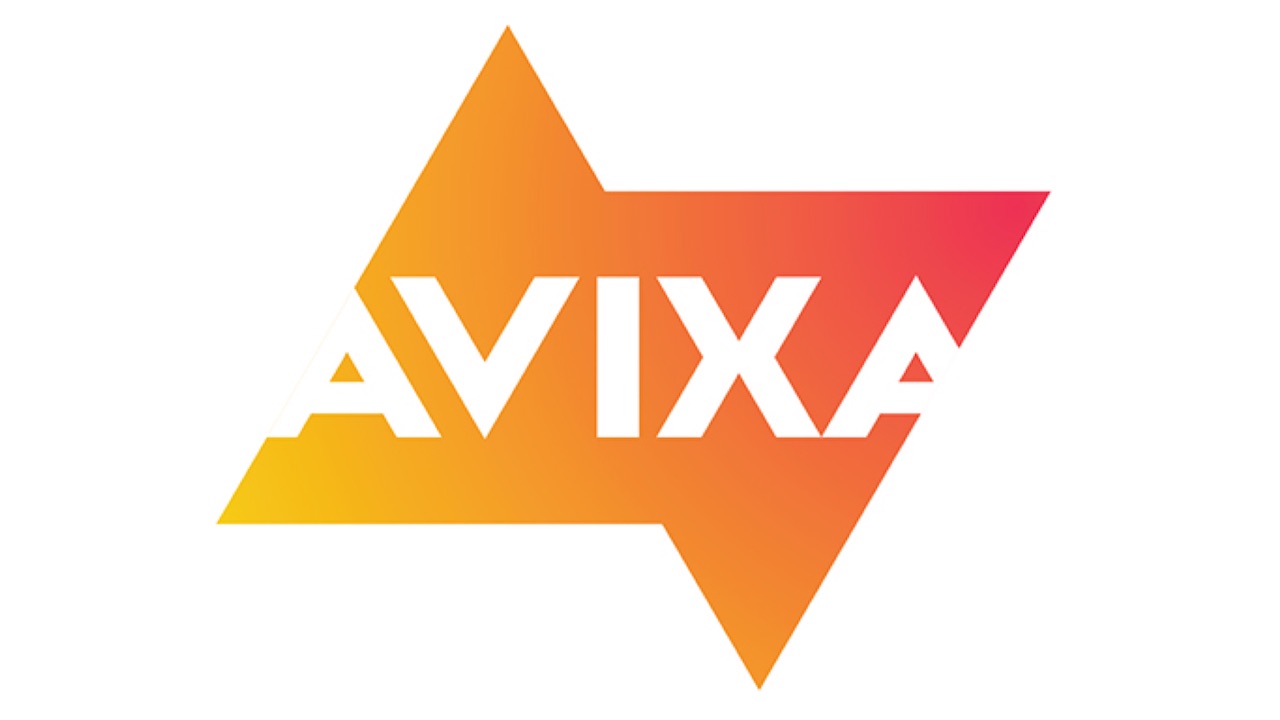
“It is a stereotype—but there is science to back it—that we, as women, tend to not think of ourselves as being quite ready for the next role,” said Sarah Joyce, chief global officer at AVIXA. “Empowering women to have the confidence to say, ‘I can do that, I want to do that,” is a really important part of the Women’s Council groups.”
Tammy Fuqua, co-chair of the AVIXA Women’s Council, accepted the role to drive awareness of the opportunities this industry offers. “We want to have more young women come into the industry,” she said. “I feel like I’m doing something to give back to them, to show them that there are pathways into the industry and reasons to stay in the industry.”
AV Gives
AV Gives shares a continued STEM initiative partnership with Rosie Riveters, a nonprofit that funds free STEM programming to school-age girls. The goal, explained co-founder Jennifer Goodyer, is to let girls know about the Pro AV industry and its career opportunities.
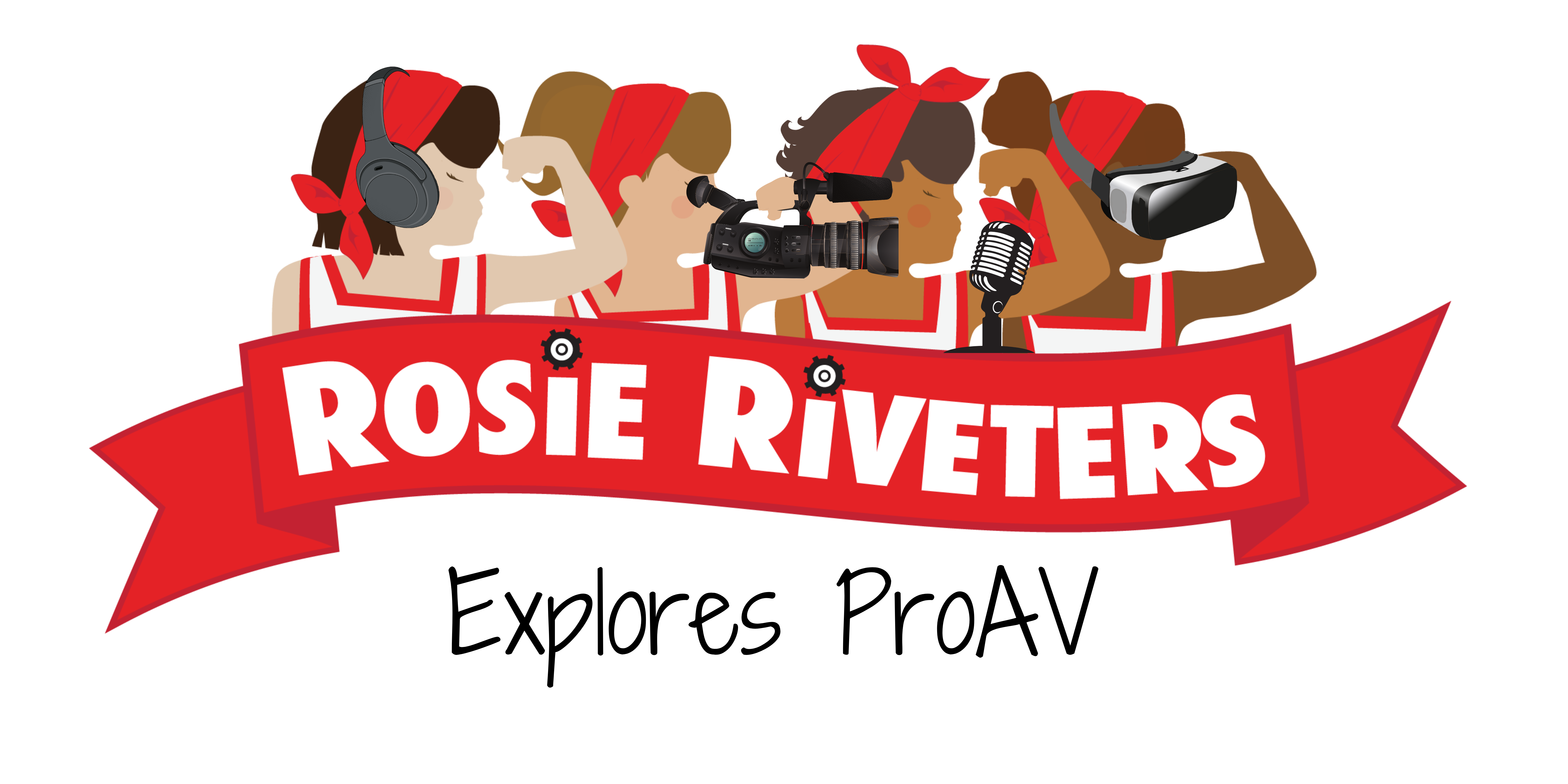
“If we don’t start bringing more diversity into our industry, we’re going to be left in the dust,” Goodyer said. “We need to bring in young, diverse people to the industry, and that’s something that we are focused on with Rosie Riveters.”
#GALSNGEAR
#GALSNGEAR aims to train and support women in the entertainment and media industries. Through its Tequity Hub, a training and networking platform, students can access upskilling opportunities, with topics including AI, audio workflow, project management, and more.
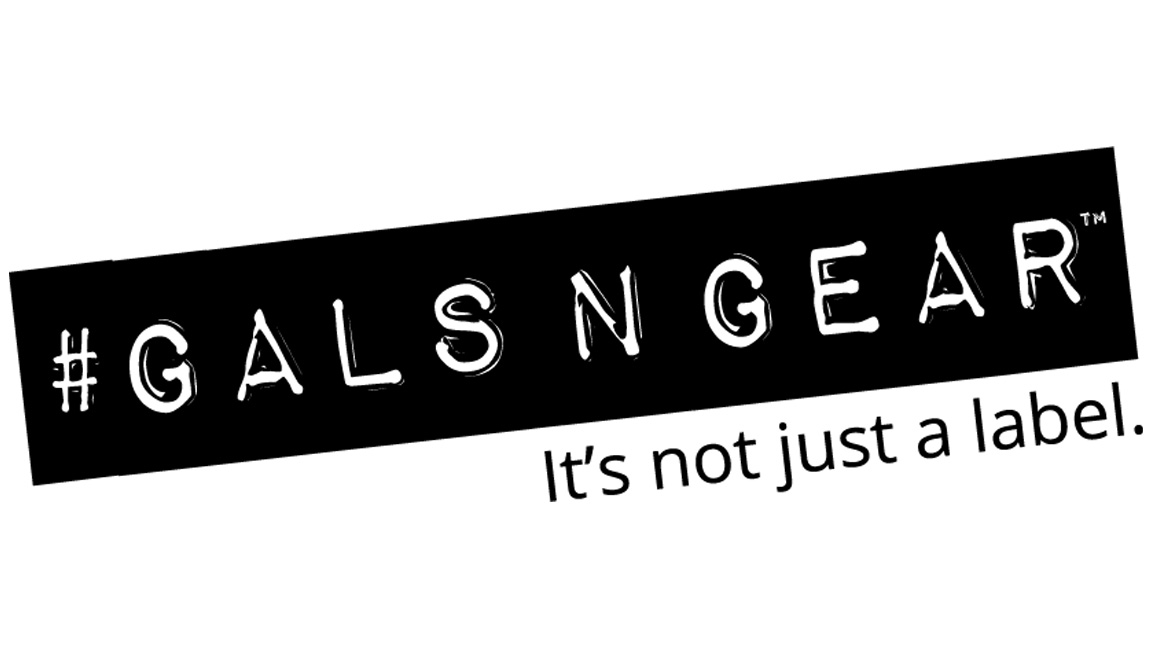
“We try to create a space in the industry where women can learn these skills,” said Danilda Martinez, director of programs and outreach at #GALSNGEAR. The organization also tries to provide opportunities for women to speak at events to give them more exposure, and offers a space for women to meet each other. “It’s a really cool virtual environment where we connect the industry to women looking for jobs, but also women looking to meet other folks in their industries.”
WAVIT (Women in AV/IT)
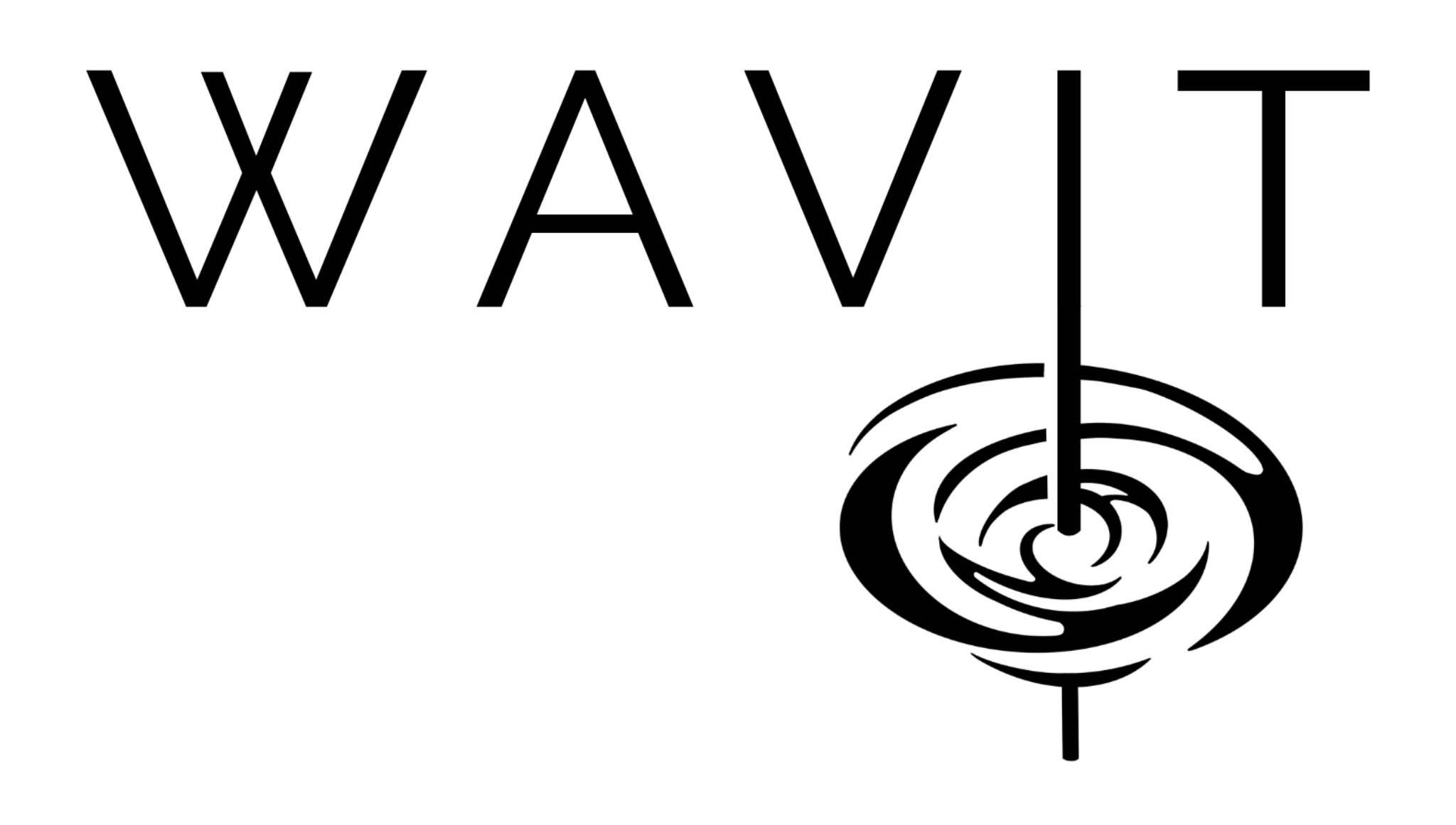
Officially launched in January 2023, WAVIT’s aims “to provide a network that supports and empowers women in the AV and IT industries through education, representation, and inclusion.” The organization addresses issues such as attracting women to AV/IT and retaining them, the gender pay gap, bias, and lack of leadership opportunities.
WAVIT president Gina Sansivero explained that the organization also performs outreach to high schools and colleges with the goal of educating students about Pro AV. “We’re helping to create the understanding that we exist [and] there are many different options for getting a job in this industry,” she said.
Women in Consumer Technology (WiCT)
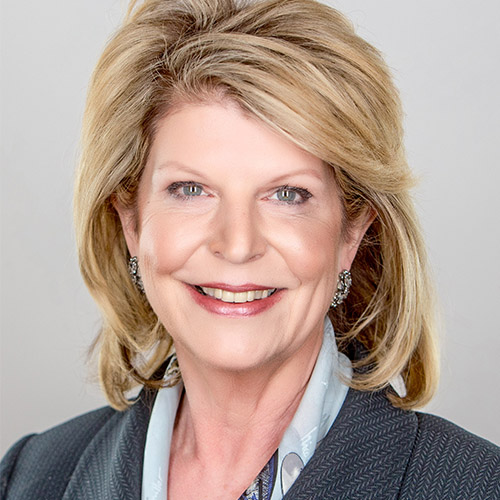
WiCT strives to provide an environment where women can build their professional networks and develop their careers. The organization hosts live and virtual events through which its members can connect, educate each other, and exchange ideas.
These networking opportunities are the reason that Carol Campbell, founder, encourages young women to join industry groups. “These are organizations where you find yourself—on a committee, on a working group, on whatever it is—with Ms. Senior VP, with Mr. EVP, with Ms. Position That You Aspire To, and you get to know them,” she said. “The opportunity here to stand out is tremendous. You have to get involved.”
Carolyn Heinze has covered everything from AV/IT and business to cowboys and cowgirls ... and the horses they love. She was the Paris contributing editor for the pan-European site Running in Heels, providing news and views on fashion, culture, and the arts for her column, “France in Your Pants.” She has also contributed critiques of foreign cinema and French politics for the politico-literary site, The New Vulgate.
